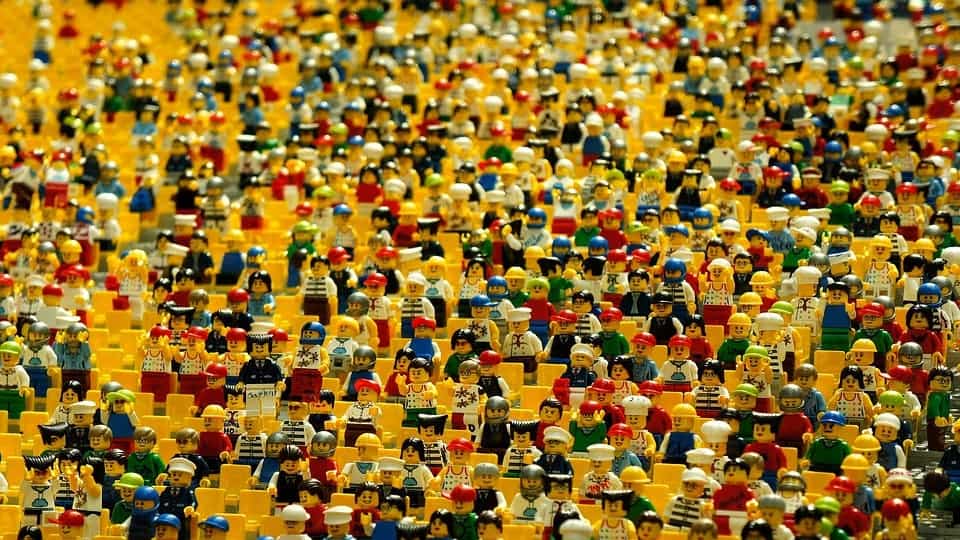Humanity has officially passed the 7.5 billion mark, the World Population Clock reports.
Woop woop, party time!
Nah I’m just kidding. It’s actually a pretty bad milestone we’ve reached here. More people means less access and security for vital resources like food, water, and energy, not to mention non-vital ones that play a huge part in the quality of our lives. A global population of 7.5 billion means more required food, more greenhouse gas emissions, and the increase in demand means more meddling in already stressed ecosystems.
Population Matters also notes that the growth isn’t uniform across the globe. So it could lead to more clearing of wild areas for homes and industries in the areas with greater growth, and plunge some countries deeper into poverty. It’s not only environmental concerns that grow alongside the population figures: greater competition for resources, especially land, food, and water, will push “prices up not just for consumers but for the businesses and industries which need them too.” The social woes caused by this greater competition (and very likely by shortages) will cause population and migration pressures which will feed into growing political instability.
“Huge potential markets like much of sub-Saharan Africa will be stuck in poverty and we’ll see political instability arising from population and migration pressures, including conflict over resources,” Head of Campaigns Alistair Currie told edie.net.
And while some companies might be tempted to treat a larger population as just a larger customer base, too much growth won’t be good either for us or the planet — especially considering that we’re living longer and longer.
“Growth cannot continue indefinitely on a finite planet and fewer consumers is ultimately better for all of us. Business must start recognizing and adapting to that reality. With action now, we can limit population growth and eventually reach sustainable levels,” Currie added.
China boasts the largest population of any single country, with 1.38 billion people living inside its borders. India comes second with 1.34 billion, and the US takes third place with 326 million.
As we’ve written before, we’re currently using one-and-a-half-Earths‘ worth of resource output per year — a figure that will skyrocket dramatically with population growth. Population Matters estimates we’ll be using three Earths by 2050 if consumption and growth patterns don’t change.










